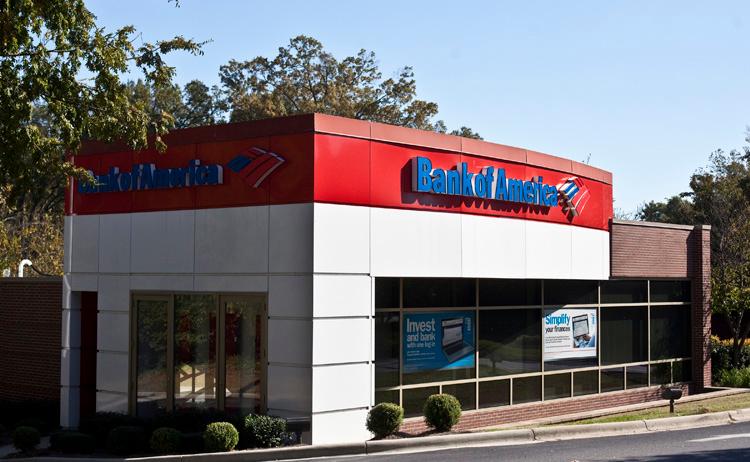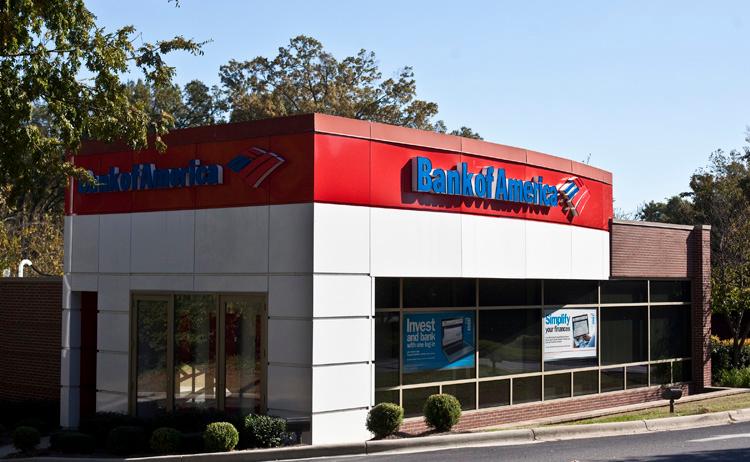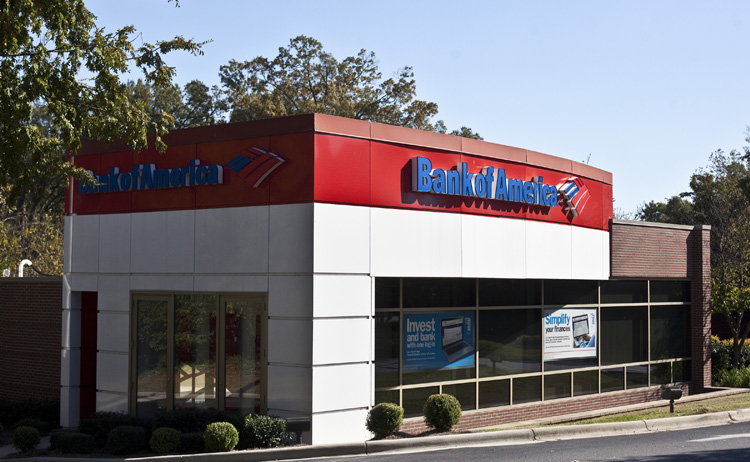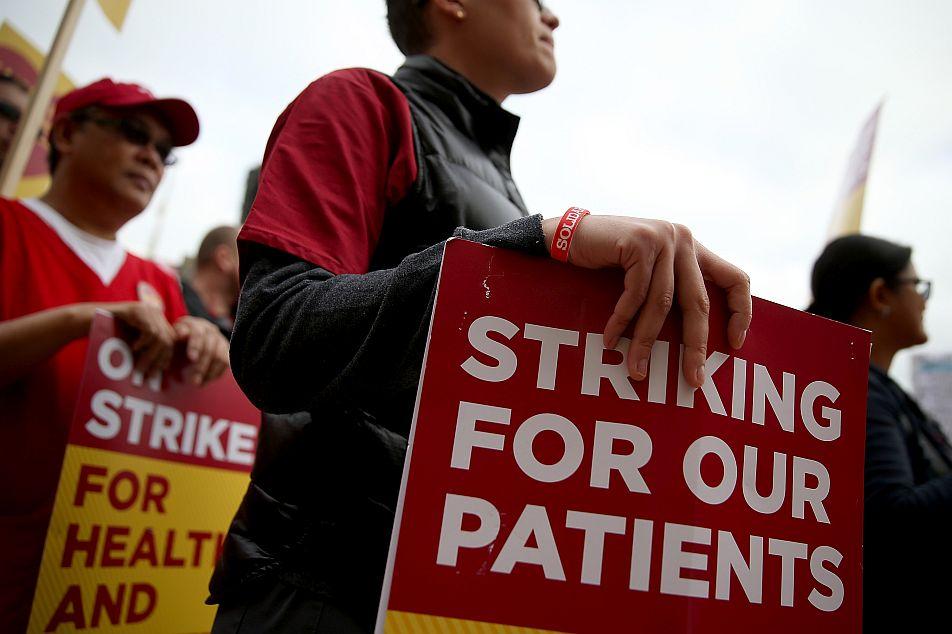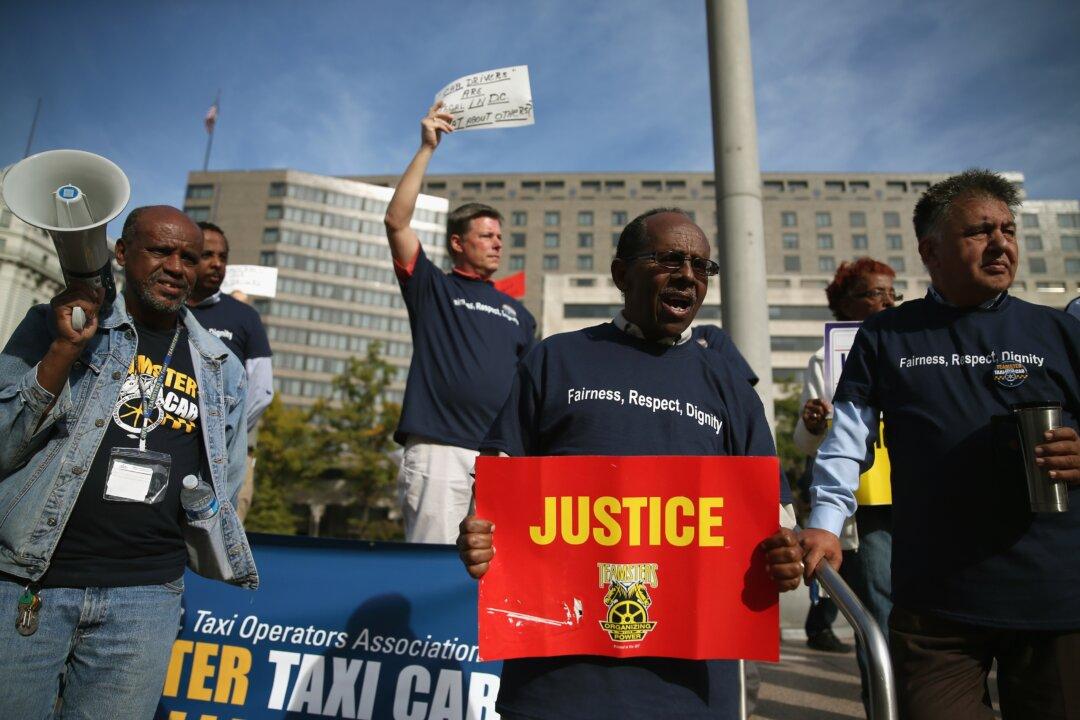It has been five years plus since the Emergency Economic Stabilization Act of 2008 approved the establishment of the Office of the Special Inspector General for the Troubled Asset Relief Program (SIGTARP).
SIGTARP was mandated to provide oversight of the Troubled Asset Relief Program (TARP) and investigate any criminal activity that wastes, exploits, and embezzles TARP funds.
TARP and the bank bailout platform are no longer headline news, as their authority to commit taxpayers funds ended Oct. 3, 2010. Initially, the program was authorized to extend $700 billion to rescue troubled banks. However, this was reduced to $475 billion due to the Dodd-Frank Wall Street Reform and Consumer Protection Act (Dodd-Frank Act).
“As of August 31, 2012, Treasury has recovered more than 85 percent of the funds disbursed through the program and is now winding down its remaining TARP investments,” according to the U.S. Department of the Treasury website.
Transparency of TARP has been questioned by the media, SIGTARP, investment gurus, and by many in the public forum. This is because different information is coming out of different government entities. Thus, the above statement by Treasury is somehow misleading, as the end of TARP is not in sight for some years to come.
For example, under TARP’s Term Asset-Backed Securities Loan Facility (TALF), the maturity date of the last loan is 2015. For the Public-Private Investment Program (PPIP), the last date for fund managers to sell securities is 2017, conceivably extending to 2019. The Home Affordable Modification Program (HAMP) has a closing date of 2017, and the last date states can benefit from the Hardest Hit Fund (HHF) is also 2017, according to the SIGTARP Quarterly Report to Congress dated Jan. 26.
“TARP will continue to exist for years. TARP programs that support the housing market and certain securities markets are scheduled to last until as late as 2017, and Treasury can spend an additional $51 billion on these programs during those years. …TARP morphed beyond a bank bailout into 13 programs, some of which are scheduled to last until as late as 2017,” according to SIGTARP’s quarterly report.
In Pursuit of White-Collar Criminal Activities
“One enduring legacy of TARP is criminal activity associated with the program. SIGTARP investigates crime related to TARP and actively supports the prosecution of individuals it investigates,” an April 25 SIGTARP press release states, published on the ForeclosureGate website.
From the inception of SIGTARP to Sept. 30, 2012, the agency has pursued 150 criminal investigations and filed criminal charges against 109 persons. Of the 109, 73 were executives and owners of their firms. Criminal verdicts were handed down to 71 defendants, of whom 35 received a prison term; the rest are waiting to be sentenced.
“Orders of restitution and forfeiture and civil judgments [have been] entered for more than $4 billion. This includes restitution orders entered for $3.7 billion, forfeiture orders entered for $170.4 million, and civil judgments and other orders entered for $281.9 million. Although the ultimate recovery of these amounts is not known, SIGTARP has already assisted in the recovery of $160.8 million,” according to the Oct. 25 SIGTARP Quarterly Report to Congress.
Going After Those Who Defraud Taxpayers
SIGTARP prevented the former Colonial Bank, which was closed in 2009 by the Alabama State Banking Department, from receiving $553 million in TARP funds. Investigative efforts discovered fraudulent behavior, and a number of those individuals involved in the scheme received prison sentences; one individual was sentenced to eight years.
On Oct. 24, SIGTARP filed a civil mortgage fraud suit against Bank of America Corp. (BofA) for defrauding the Federal National Mortgage Association (Fannie Mae) and the Federal Home Loan Mortgage Corp. (Freddie Mac). BofA was charged with triggering more than $1 billion in losses and foreclosures.
“The complaint alleges serious and significant misrepresentations that Bank of America made before and during the time taxpayers invested $45 billion in TARP funds in the bank,” Special Inspector General Christy Romero said in an Oct. 25 release.
Preet Bharara, U.S. attorney for the Southern District of New York, stated, “The fraudulent conduct alleged in the complaint was spectacularly brazen in scope.”
On Oct. 16, SIGTARP announced that George P. Hranowskyj received a 14-year prison term for fraud committed in connection with the Bank of the Commonwealth.
“Hranowskyj treated this bank like he owned it, calling himself ‘Big Daddy’ to bank employees, overdrawing his accounts. … If the bank did not do what he wanted, he threatened to stop participating in a vast fraud where he helped senior bank executives extend-out bad loans, pretending that they were current on the bank’s books,” Romero said in the release.
Addressing the LIBOR Scandal
“SIGTARP recommended that to protect taxpayers who funded TARP against any future threat that might result from LIBOR manipulation, Treasury and the Federal Reserve should change TARP programs PPIP and TALF to cease reliance on LIBOR,” the SIGTARP Oct. 25 quarterly report states.
The London Interbank Offered Rate (LIBOR) is the interest rate that banks charge each other on unsecured loans.
SIGTARP recommends that the LIBOR matter be addressed by Treasury and the U.S. Federal Reserve, especially since “there are $598.6 million in outstanding TALF loans and $5.685 billion in outstanding PPIP debt with interest rates tied to LIBOR. These TARP programs last as long as 2015 and 2017,” according to the SIGTARP report.
It is disturbing to note in SIGTARP’s report that Timothy Geithner, U.S. Secretary of the Treasury, remarked at a hearing before Congress that he was unsure if using the LIBOR rate could shortchange U.S. taxpayers.
Further remarks by high-level government officials are rather unsettling. “Federal Reserve Chairman Bernanke testified before Congress that LIBOR manipulation undermines public confidence in financial markets. Treasury’s Office of Financial Research reported that this type of manipulation ‘poses significant risks to market integrity and investor trust,’” according to the SIGTARP report.
For the above reasons, SIGTARP asked that the Federal Reserve System contact TALF borrowers and Treasury contact PPIP managers to revise the contracts.
The Federal Reserve refuses to amend the TALF contracts because the underlying securities are also using the LIBOR rate. Treasury also gave SIGTARP the cold shoulder and demands to see evidence that at this time LIBOR is misstated.
“For Treasury and the Federal Reserve to cling to the status quo of keeping in TARP a rate that is broken, unreliable, and subject to manipulation, is contrary to TARP’s historical goal of using unprecedented solutions to promote confidence in the financial system,” the SIGTARP report states.
Faulting Treasury in Shortchanging Taxpayers
“Treasury’s new practice of not waiting for banks to repay in full, but instead auctioning off its TARP shares, has resulted in Treasury consistently selling its TARP investment in banks at a loss, sometimes back to the bank itself,” according to SIGTARP’s quarterly report.
Although SIGTARP recommended that Treasury discuss the selling of bank stocks with federal regulators and perform a thorough analysis to achieve the greatest benefit for the taxpayer, Treasury chose to ignore the advice. Instead, Treasury decided to keep its own counsel and sell the stock in the market.
“Treasury’s view that it acts like a private investor risks that Treasury is not considering its greater responsibility to protect taxpayers and promote financial stability,” the SIGTARP report states.
The Epoch Times publishes in 35 countries and in 19 languages. Subscribe to our e-newsletter.
